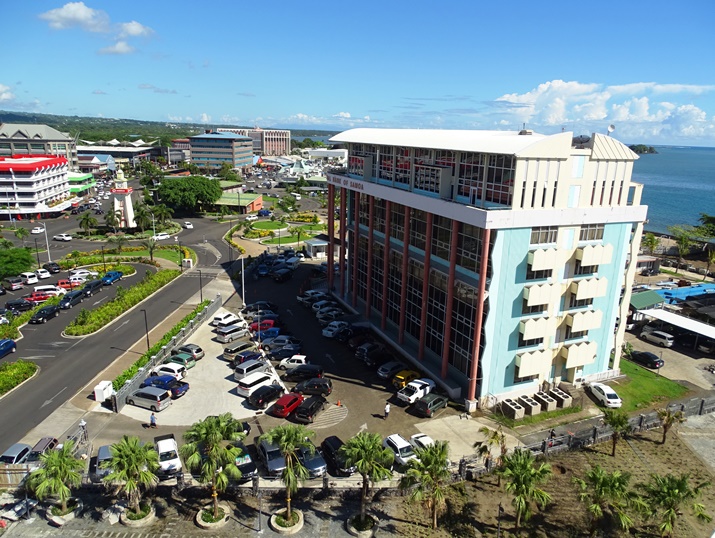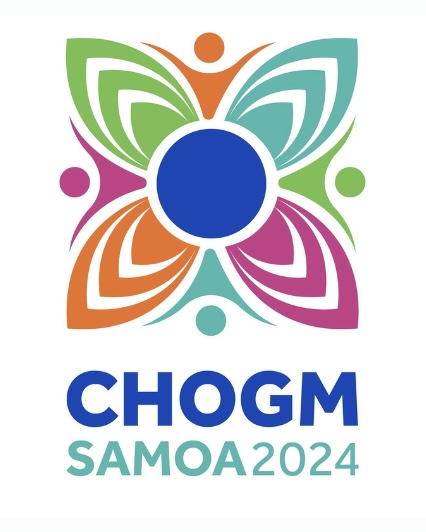Economy
Central Bank of Samoa Adjusts its Monetary Policy Stance for FY2023/2024

APIA, 21 AUGUST 2023: The Board of the Central Bank of Samoa has approved a monetary policy stance “that will gradually remove or withdraw the very loose or easing monetary conditions that exist in the financial system and the economy for the fiscal year 2023/2024” following its 10 August meeting.
“The aim is to try to absorb some of the very high liquidity from the banking system and at the same time implement a normalisation of monetary policy that will attempt to reduce domestic demand pressures and reduce domestic inflation.”
The Central Banks says the adjustments are necessary “given the smaller but still positive growth in real GDP expected for FY 2023/2024 and the still elevated level of headline inflation rate at around 9.6 percent by end June 2024.”
The adjustments are also made against factors such as:
- The strong economic recovery Samoa is currently experiencing since it reopened its border back in August 2022.
- Annual Real GDP growth is presently around 3.2 percent at end March 2023 and is expected to be around 6.5 percent by June 2023. The source of this robust recovery comes from strong expansions in sectors such as Commerce, Business Services, Personal and other services, Accommodations & Restaurants and Transport services.
- In addition, visitor earnings, remittances and exports of goods receipts have increased significantly in FY 2022/2023, adding to the strong economic recovery so far.
- Likewise, the country’s gross foreign reserves jumped by 35.1 percent to a record $1,098.3 million or $1.10 billion, equivalent to 11.1 months of import cover at end June 2023, given the significant inflow of Government grants and budget support from its development partners during year.
- On financial conditions, total liquidity of the banking system remains high, recording its highest level yet of $575.4 million at end June 2023 while interest rates continue to remain relatively low in FY 2022/2023. However, total lending of both commercial banks and non-bank financial institutions continue to slow down despite the strong growth in the economy as financial institutions remain cautious and continue to prioritize consolidation of existing loans following the COVID-19 lockdowns.
Inflation increase to 14.5%
As a result of this fast economic recovery, local demand for goods and services have risen steadily since the reopening of borders with many local agricultural goods at the produce and fish market recording large price hikes in the past 7 months.
In particular, local price inflation has risen from 3.9 percent in June 2022 to 9.2 percent in June 2023. While imported price inflation has also increased from 13.6 percent to 14.5 percent in June 2023, it is currently slowing down since March 2023. Overall, the headline inflation rate rose from 8.8 percent last year to 12.0 percent at end June 2023.

Local fish on display and sale at a district agricultural exhibition that ensures food security in Samoa.
World Economy to expand
On the global front, the world economy is expected to expand by 3.0 percent in 2023, down from 3.5 percent in 2022 according to the July 2023 World Economic Outlook by the International Monetary Fund (IMF). Weighing on global economic activities is the subsequent impact of the increases in central bank policy interest rates over the past year to address the high inflation rates around the world. The ongoing war in Ukraine, adverse and extreme weather-related events as well as possible slowing of China’s economic recovery also have downside risks to the global economy.
Local Exports expected to expand
Looking ahead to fiscal year 2023/2024, exports of goods like coconut oil, nonu juice and re-exports are expected to expand further by 3.9 percent, pushing up total export proceeds. Visitor earnings is also expected to increase by 4.5 percent, although slowing down from the very strong growth in 2022/2023 while remittances are forecast to decrease by 2.8 percent after recording increases in the past 7 years in a row.
After stronger than expected growth in FY 2022/2023, the Samoan economy (in terms of real GDP) is naturally expected to slow down to 3.5 percent in 2023/2024 as the pent-up demand settles down as well as a levelling effect (comparing to very low levels during the pandemic period) one year removed from the COVID affected GDP numbers.
From the FY 2023/24 Government Budget, several Government projects like the Apia Port Project, road widening project and the preparations for the upcoming Commonwealth Heads of Government Meeting (CHOGM) in October 2024, will contribute to this positive growth and translate to expansion in Construction, Transport and Communication services to name a few.
On prices, the headline inflation is expected to ease back to 9.6 percent by end 2023/2024 from 12.0 percent in June 2023 as imported prices are expected to drop further in the last half of 2023 before a small increase in 2024. Most of the main global commodity prices like oil (Brent crude), agricultural food like grains and meat (chicken and beef) are expected to decline in 2023 and for some, rebound in 2024 but in small increases.
“On domestic inflation, the current strong domestic demand conditions create uncertainty on how high and long, the increase in domestic inflation will last.” Latest estimates based on the expected continuation in the influx of overseas visitors and local producers sticking to high prices, will expect domestic inflation to rise and peak at 10.4 percent around December 2023 before receding to 9.6 percent by June 2024.
In view of this, there may be a moderation or gradual rise in market interest rates in the year ahead. However, the Central Bank will ensure to engage with the banking sector and will monitor this normalization process that will also be subject to the speed of the economic recovery.



















